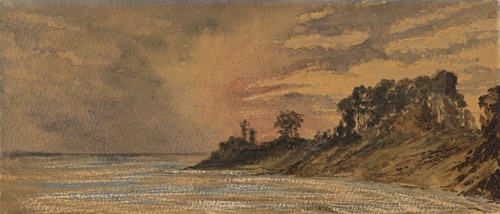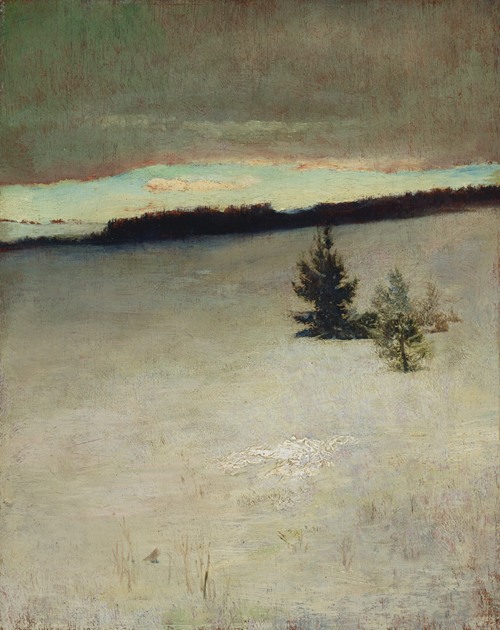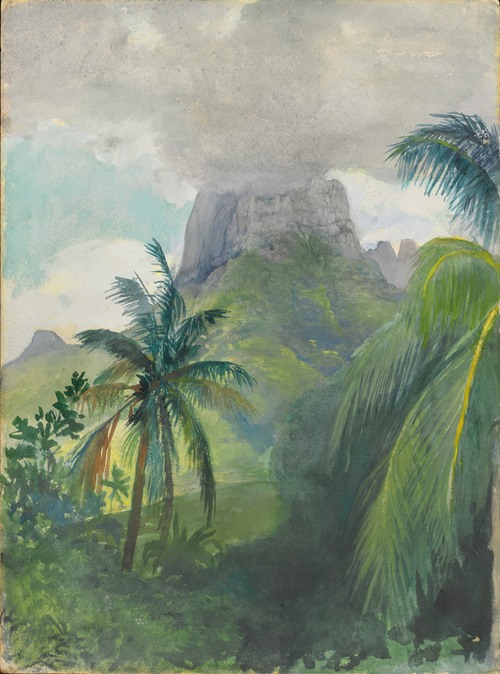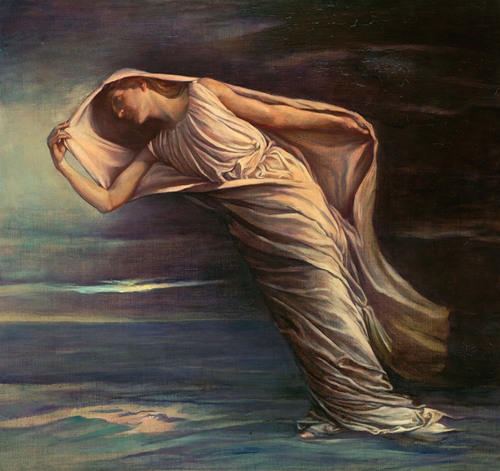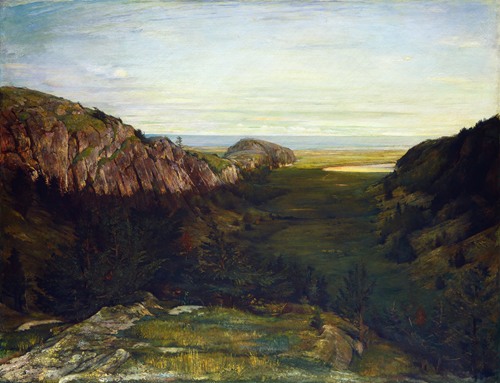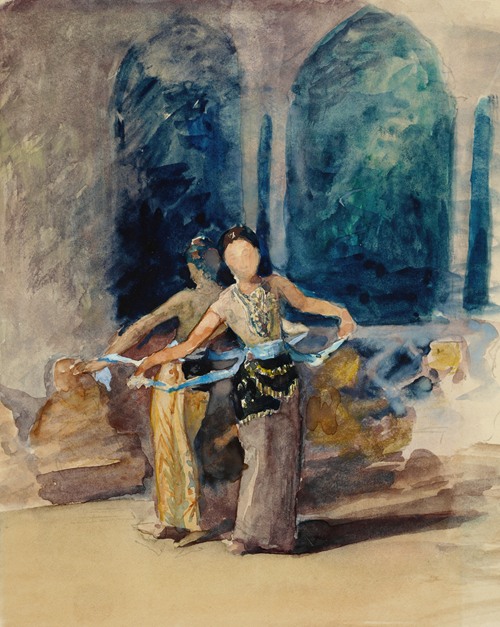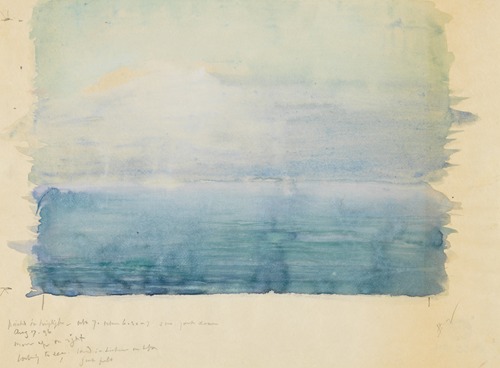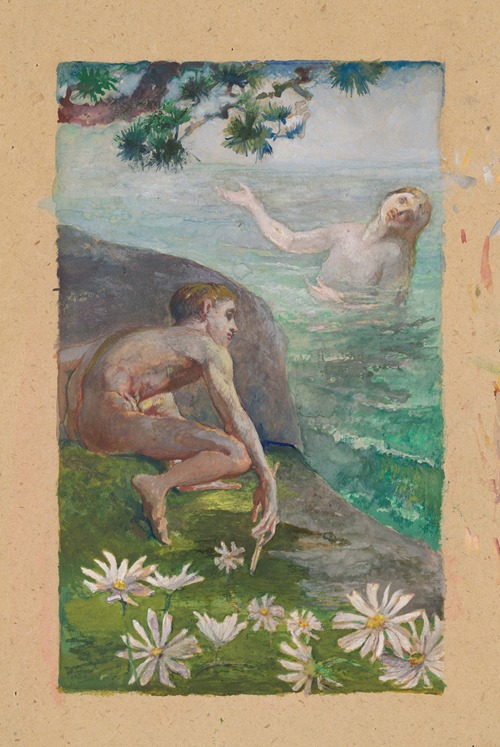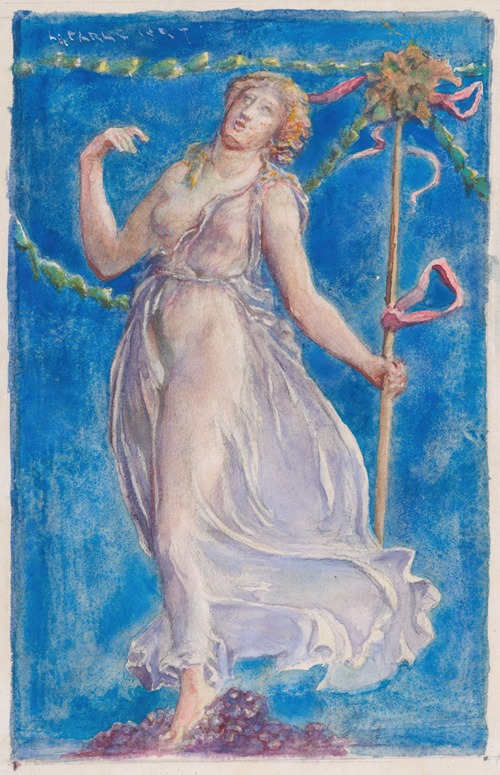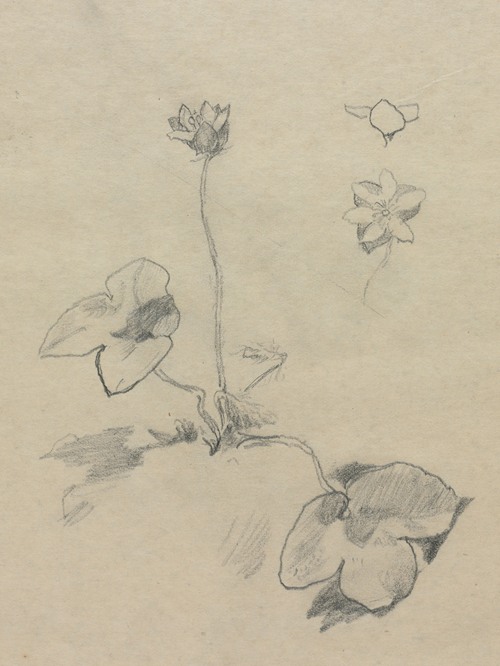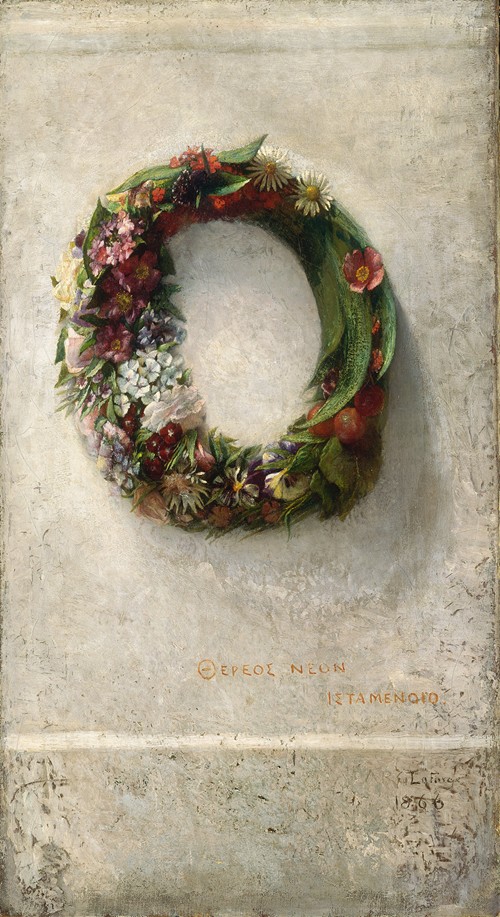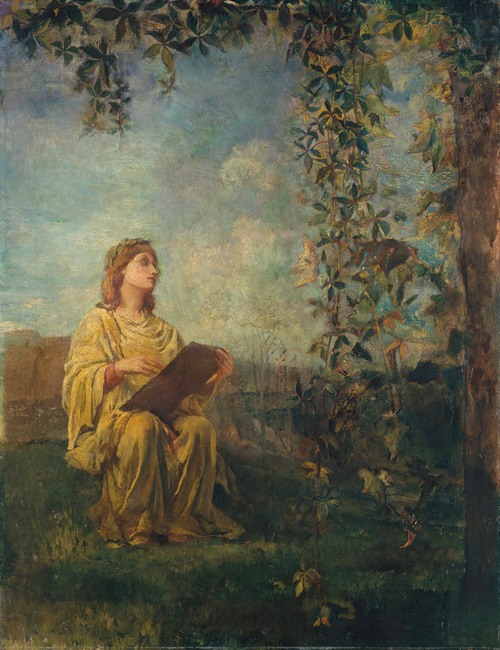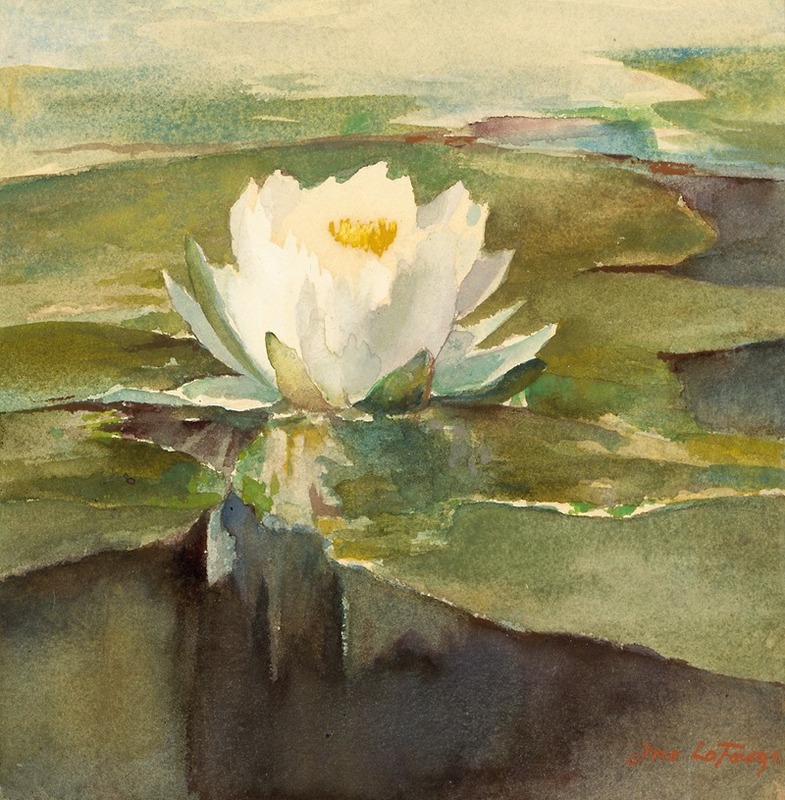
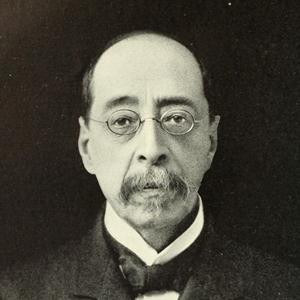
John La Farge was an American artist whose career spanned illustration, murals, interior design, painting, and popular books on his Asian travels and other art-related topics.
La Farge is best known for his production of stained glass, mainly for churches on the American east coast, beginning with a large commission for Henry Hobson Richardson's Trinity Church in Boston in 1878, and continuing for thirty years. La Farge designed stained glass as an artist, as a specialist in color, and as a technical innovator, holding a patent granted in 1880 for superimposing panes of glass. That patent would be key in his dispute with contemporary and rival Louis Comfort Tiffany.
La Farge rented space in the Tenth Street Studio Building at its opening in 1858, and he became a longtime presence in Greenwich Village. In 1863 he was elected into the National Academy of Design; in 1877 he co-founded the Society of American Artists in frustration at the National Academy's conservatism. In 1892 La Farge was brought on as an instructor with the Metropolitan Museum of Art Schools to provide vocational training to students in New York City. He served as President of the National Society of Mural Painters from 1899 to 1904. In 1904, he was one of the first seven artists chosen for membership in the American Academy of Arts and Letters.
La Farge is venerated in the Episcopal Church, sharing a feast day of December 16 on the liturgical calendar, along with American architects Ralph Adams Cram and Richard Upjohn.
La Farge was born in New York City to wealthy French parents and was raised bilingually. As a child, he and his brothers produced a handmade magazine in French entitled Le Chinois.
His interest in art began during his studies at Mount St. Mary's University in Maryland and St. John's College (now Fordham University) in New York. He studied law. His first visit to Paris, France, in 1856 stimulated him to study painting with Thomas Couture, and become acquainted with an artistic and literary social circle. La Farge's earliest drawings and landscapes showed marked originality, especially in the handling of color values.
La Farge returned from Europe in October 1857, which ended his relationship with Couture. He returned to continue his law studies although, in his own words, at the same time "stealing as much time as I could for some of my new friends, the painters and architects." These included William James Stillman, George Henry Boughton, and members of the second generation of the Hudson River School. These circumstances changed with the death of his father in June 1858: the pressure to attend law school was gone, and there was a significant inheritance which gave him the freedom to take studio space in the newly created Tenth Street Studio Building at 51 West 10th Street in Greenwich Village. The building's communal spaces for artists set the conditions for social networking; its central atrium and traditional Saturday receptions were important in the careers of its tenants, and to the artistic reputation of the Village. Its architect Richard Morris Hunt recommended that La Farge study under his brother William Morris Hunt in Newport, Rhode Island. The artist Hunt was also a product of Couture's atelier.
Between 1859 and 1870, La Fargo took up illustration, with Tennyson's Enoch Arden and Robert Browning's Men and Women, and worked on children's magazine illustrations with engraver Henry Marsh (American, 1826–1912).
In the 1870s, La Farge began to paint murals, which became popular for public buildings as well as churches. His first mural was painted in Trinity Church, Boston, in 1873. Then followed his decorations in the Church of the Ascension (the large altarpiece) and St. Paul's Chapel, New York. He also took private commission from wealthy patrons (e.g. Cornelius Vanderbilt) and was reputedly worth $150,000 at one point. La Farge continued to create murals through his career: for the Minnesota State Capitol at St. Paul, at age 71, he executed four great lunettes representing the history of law. Also among his final works were six murals on the theme of eminent lawgivers, beginning with Moses, for the Baltimore City Court House, now the Clarence M. Mitchell Jr. Courthouse.
La Farge traveled extensively in Asia and the South Pacific, which inspired his painting. He visited Japan in 1886 in the company of Henry Adams, and the South Seas in 1890 and 1891, in particular spending time absorbing the culture of Samoa, Tahiti and Fiji, again in Adams' company. In Hawaii in September 1890 he painted scenic spots on Oahu and traveled to the Island of Hawaii to paint an active volcano. These travels are extensively recounted in his book Reminiscences of the South Seas, and in Adams' letters.
In 1863 he was elected into the National Academy of Design; in 1877 he co-founded the Society of American Artists in frustration at the National Academy's conservatism (although he retained his National Academy membership). In 1892 La Farge was brought on as an instructor with the Metropolitan Museum of Art Schools to provide vocational training to students in New York City. He served as President of the National Society of Mural Painters from 1899 to 1904. In 1904, he was one of the first seven artists chosen for membership in the American Academy of Arts and Letters. La Farge also received the Cross of the Legion of Honor from the French Government.
La Farge is honored together with Ralph Adams Cram and Richard Upjohn with a feast day on the liturgical calendar of the Episcopal Church (USA) on December 16.

